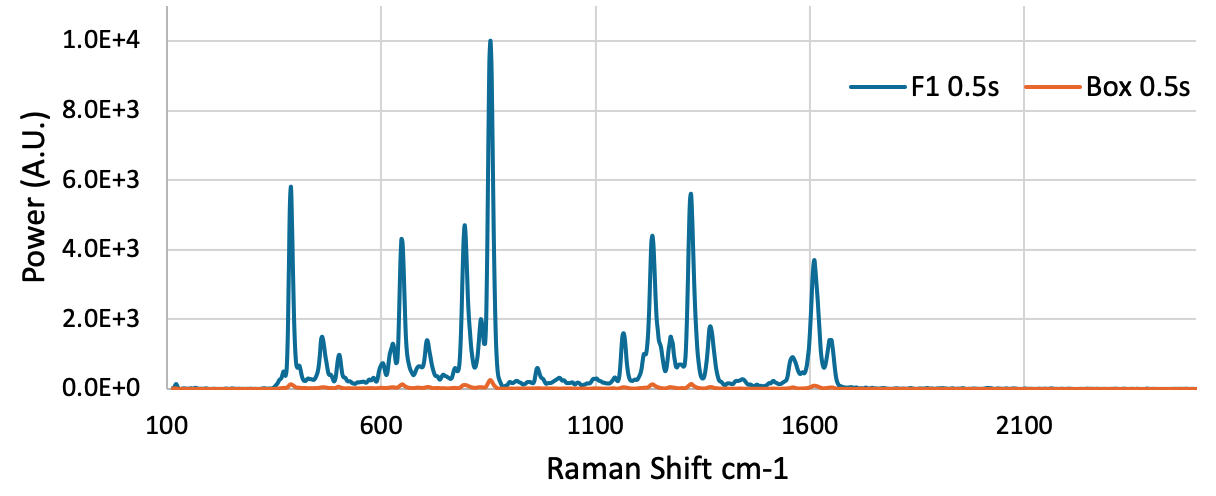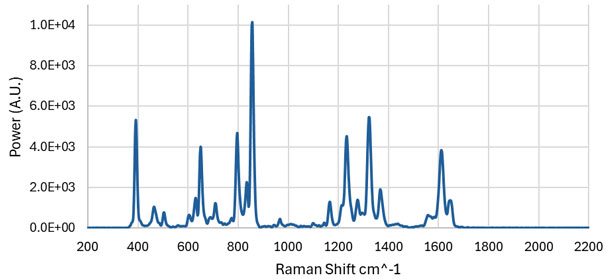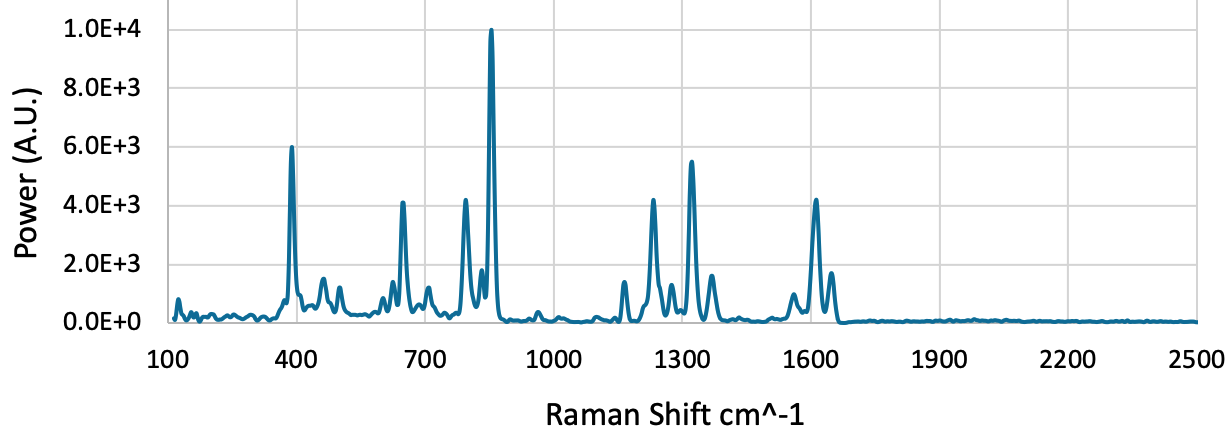RP40 Raman Probe
A leap forward for Raman technology
The RP40 represents a substantial improvement in probe technology, facilitating the non-destructive interrogation of target samples, delivering clear, sharp results over significantly reduced exposure times compared to most standard probes, including the RP50.
These probes are ideal for application in various environments, including pharmaceutical, process control, and security and defence.
Product Specifications
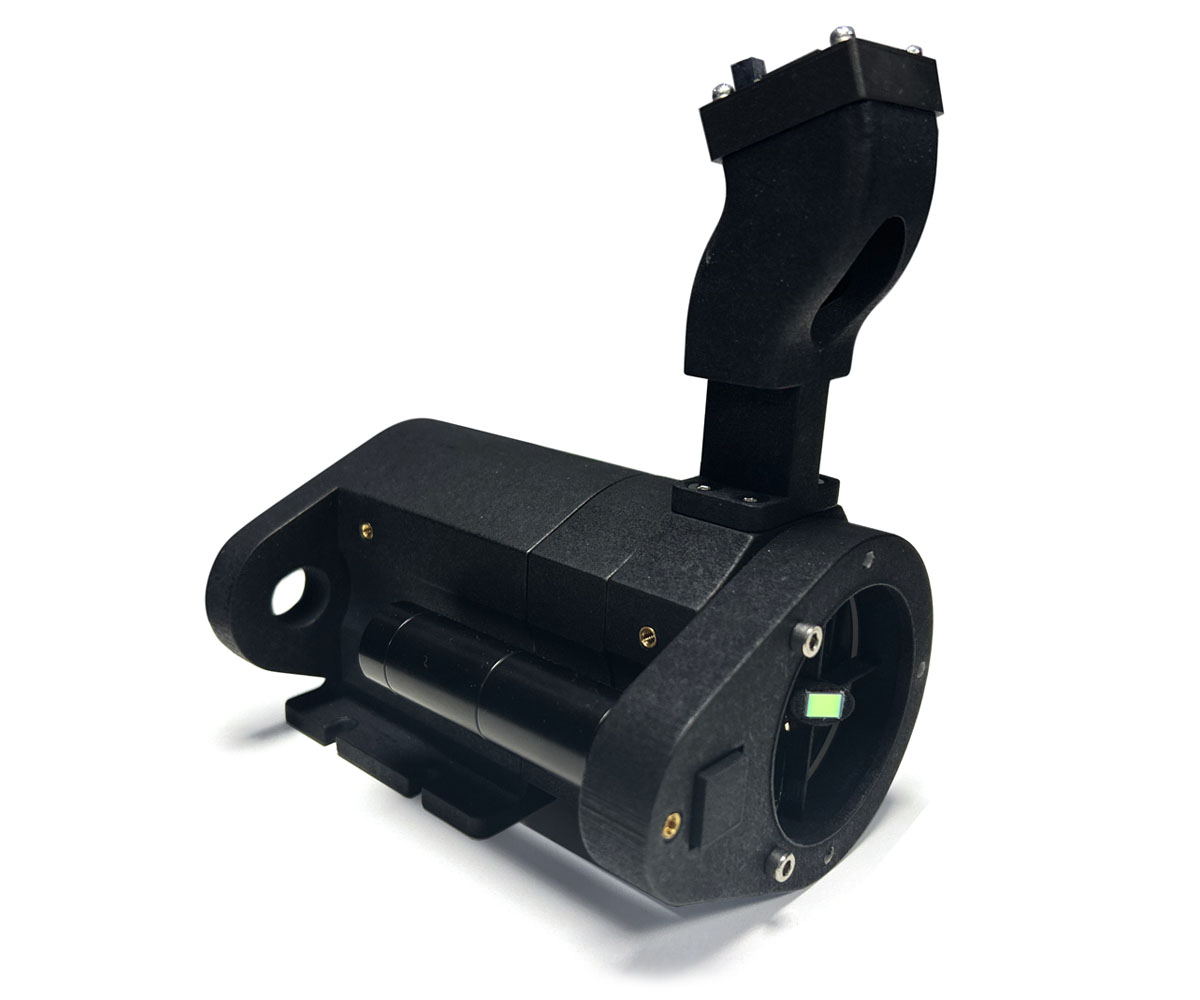
RP40 F1 Telescopic Probe
The RP40 operates at a 15 mm distance from the enclosure aperture to capture material-specific Raman spectra.
This fibre-coupled F1 probe is designed to operate with the HES2000 spatial heterodyne spectrometer. See performance data when paired with the HES operating at a wavelength of 785 nm.
The specifications given are for the standard RP40. Please get in touch for customisation options, including alternative Raman excitation operating wavelengths.
Front Panel Features:
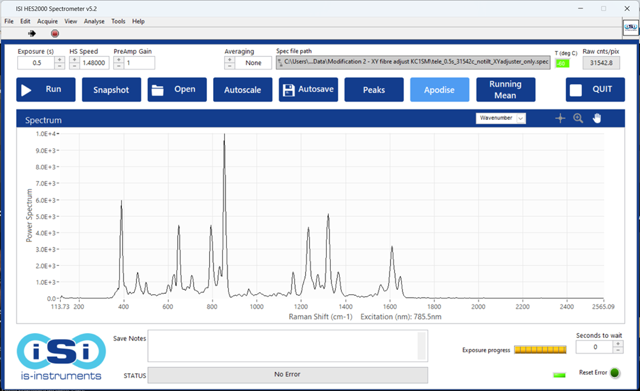
RP40 – Raman Probe:
- Continuous frame and single frame capture options
- FVB/2D modes
- Image, FFT and spectrum display options
- Frame averaging
- Peak Labelling
- Dark image subtraction
- Spectra overlay function
| Feature | Detail |
|---|---|
| Raman operating λ | 785 nm |
| Configuration | Obscuration w/long-pass & narrow-pass spectral filters |
| Standoff distance (from enclsure aperture) |
15 mm |
| Laser fibre connection | FC/PC |
| Spectrometer fibre connection | SMA |
| Dimensions | 160 x 100 x 68 mm |
| Mass | < 500g |
Applications include:
- Raman inspection
- Pharmaceutical measurement
- Bio pharmaceutical inspection
- Process control
- Substance identification (security, MOD etc)
Specification Sheet:
Performance comparison between the 785nm RP40 and the RP50 probes
The new RP40 probe requires less than 0.1 s exposure to get a Paracetamol spectrum, compared to the RP50 probe, which required a 2.5 s exposure to get the same performance level. The RP40 is five times more efficient at collecting light due to the increased solid angle than the RP50 probe.
Note: With the RP50, overexposure is seen at 2.5 s, so it can only be exposed up to 1.9 s (less performance).
The RP40 has five times the performance of the RP50 probe with most samples. With liquids such as ethanol, due to the depth of penetration, RP40 is at least two times better than the RP50.
Below: Both probes at 0.5 s exposure. RP50 probe has a peak height of 2.5E+2
Paracetamol
